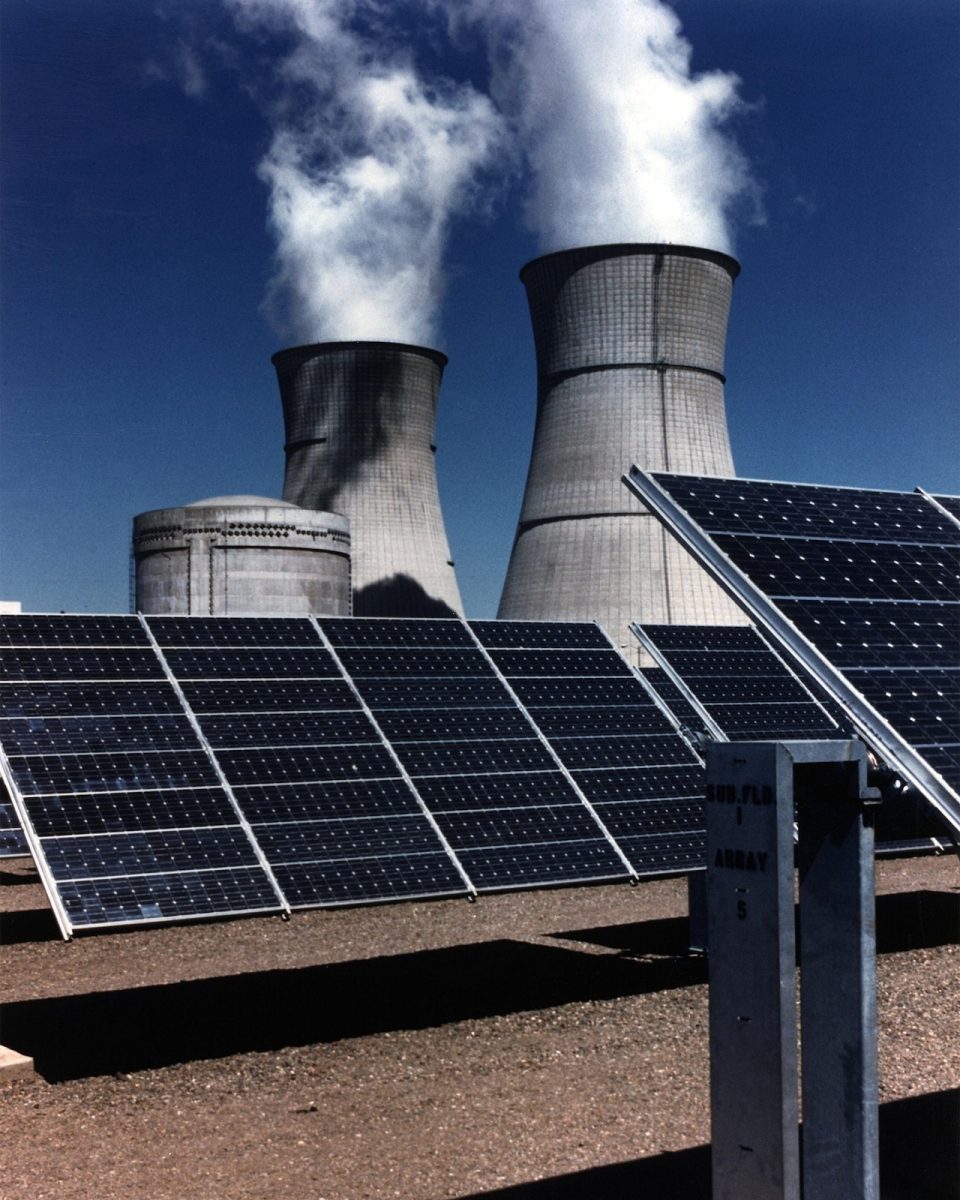The stock market exhibited a notable surge on Thursday in response to the latest Consumer Price Inflation (CPI) data for July, revealing a relatively restrained uptick of 0.2%. While this data point largely aligned with Wall Street’s expectations, investors found reasons for both celebration and caution due to evolving energy component dynamics, which hold a substantial sway over overall inflation rates. The implications for Federal Reserve (Fed) policies and investors’ portfolios remain in focus.
Following its zenith of 8.9% in June of the preceding year, the headline CPI, encompassing the volatile prices of energy and food, has demonstrated a downward trajectory. However, the year-over-year figure for July rose to 3.2% from the previous 3.0%. Of particular concern, the most recent CPI reports for June and July unveiled energy’s transition from a dampening influence on inflation to a net contributor. In July, fuel oil witnessed a 3.0% upswing, while utility gas marked a 2.0% increase, despite registering year-over-year declines. Notably, the much-watched gasoline component displayed a stark 19.9% year-on-year plummet but managed a modest 0.2% rise in July.
While the current monthly upticks in energy subcomponents might not be an immediate cause for alarm, close scrutiny of short-term charts reveals that crude oil, natural gas, and the broader commodity complex have reached their loftiest levels since late January. This suggests the potential for more substantial inflationary increments in the impending months. At present, WTI crude oil prices linger around the $85 mark, while natural gas futures recently attained $3. Simultaneously, the S&P GSCI Index has scaled heights unseen since January, poised for an impending breakthrough. The market seems to be preparing for a sustained energy-driven outperformance, with the S&P Select Energy SPDR Fund establishing itself as the top-performing large-cap sector in both the current month and quarter.
In contrast, the prevailing investor sentiment appears to have factored in the Fed’s inclination toward maintaining elevated short-term interest rates over an extended period. However, the possible resurgence of mounting price inflation has yet to be fully accounted for in investors’ projections. A scenario wherein the Fed must grapple with renewed inflationary pressures, potentially necessitating an interest rate hike to 6% or beyond, remains unpriced by the market.
As energy prices exhibit an upward trajectory, the potential for a reversal cannot be discounted. Such fluctuations could instigate a wholesale recalibration of market outlooks on the broader economy, giving rise to inevitable repercussions. Against this backdrop, vigilant monitoring of signs indicating energy-driven outperformance becomes paramount. The upcoming inflation figures, set to unfold over the following months, will play a pivotal role in assessing short-term impacts and deciphering potential market shifts.
In conclusion, Thursday’s stock market leap in response to the subdued 0.2% rise in July’s CPI data appears to indicate optimism tinged with caution, while the evolving dynamics of energy components, with their potential to sway inflation rates, loom large over both Fed policies and investor portfolios. Market participants are now navigating a landscape where energy’s resurgence demands close attention, and forthcoming inflation statistics hold significant relevance in deciphering the short-term trajectory.
Source: Yahoo Finance

